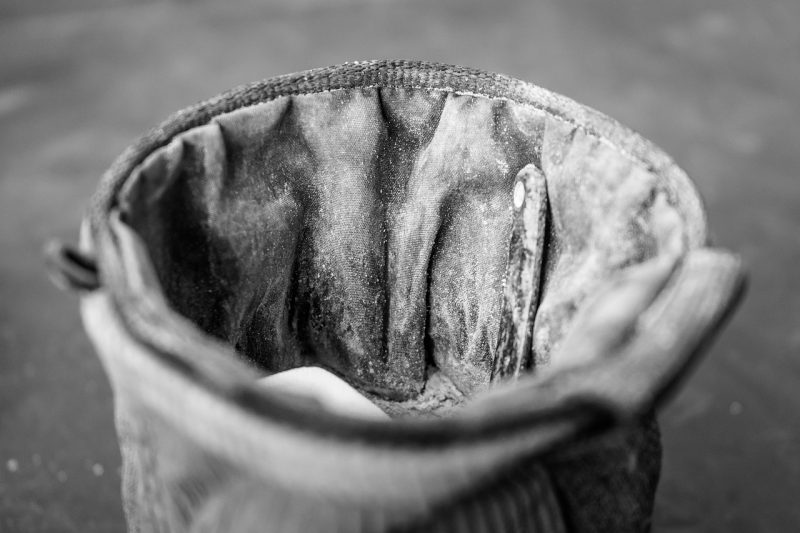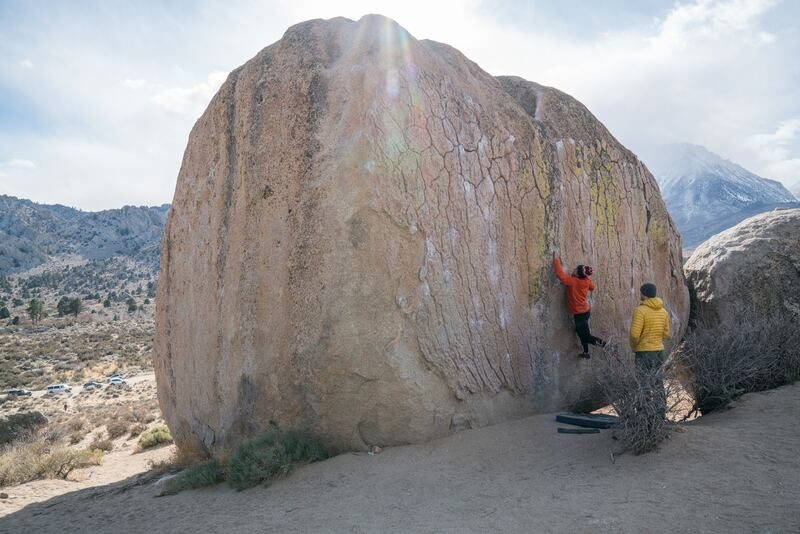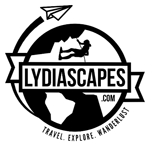Embarking on new sport or hobby such as rock climbing can often be two-sided. On one side, the thrill of learning new techniques and growing the hobby inspires us to dive in deeper. On the other side, lack of knowledge of the sport, equipment to rent/ purchase or even enough friends to advise you will impede the progress of our sport.
To enter into the initial research of a new hobby and emerge from it well-informed gives you a feeling of preparedness when you dive deeper into the spot. For those of you eager to become avid rock climbers, this article contains valuable information on the tools you need to get started.
Rock Climbing Starter Tips and Information
Rock climbing can be an extremely rewarding and fun sport. It certainly is for me. Learning all the

1. Buying your 1st pair of Climbing Shoes
Estimated Price: US$70-$100
Climbing shoes

There is a fair argument to be made about rental shoes, as they are conveniently available for rent in most indoor climbing gyms. Also, if limited space keeps you from carrying too much gear, rental shoes help keep your bag light.
However, rental shoes
There are multiple brands out there, but some I personally recommend are:
Recommended Beginner Level Rock Climbing Shoes :
- Mad Rock ( Affordable and more comfortable for beginners)
Intermediate/ Advance Climbing Shoes:
- Five-Ten: Top notch when it comes to comfort and stickiness of shoe ( Preferred model is Five-Ten Rouge)
- La Sportiva ( I use to wear the Katana ladies, but many other friends are fans of La Sportiva Solutions, Miura and Python/ Cobra
2. Climbing Chalk
Estimated Price: $4-$25
The next item on your list includes the infamous climbing chalk, or I like to call it bread flour. I am sure you would have noticed, but rock climbers (and their clothes) may be smudged with a white-looking powder. And no that is not because they just went for a baking class..that’s climbing chalk. Made of magnesium carbonate, applying this to your hands will remove moisture and improve your grip on the crimpest climbing hold. Chalk is a must-have for people who tend to have sweaty palms, or you are climbing in a more humid environment.

Similarly, different regions follow different chalk rules. For example, climbers widely accept the fact that common courtesy suggests you should always bring a climbing brush and try your best to brush off any chalk you leave behind. Other gyms have strict rules that no loose chalk is allowed.
4 types of chalk and its characteristics:
1.) Powdered Chalk: Chalk that has already been ground up.
2.) Liquid Chalk: A mixture of alcohol and chalk. Once the alcohol dries, only the chalk remains.
3.) Eco Chalk: A colorless blend that leaves less residue and is best used where traditional chalk is banned.
4.) Block Chalk: This consists of one big block of chalk. You save on costs and you can grind it up to your preferred consistency.

Climbing Chalk ( Dry) Brands to recommend:
- Metolius Super Chalk ( My favourite! Affordable and very dry for sweaty palms like mine)
- Tokyo Powder Industries Chalk ( Powdery and fine, but a bit on the pricier side)
- White Gold by Black Diamond ( love the rhyme of the words, this is a popular option but not commonly found in Singapore )
- Decathlon Chalk ( Super cheap, though not dry and sticky enough)
3. Rock Climbing Safety Helmet
Estimated Price: $55-$220
The term “no-brainer” applies to this particular piece of equipment! It is an important item that gets sidelined when shopping for equipment, though a rock climbing helmet is very

As such, rock slides/landfalls can happen in outdoor climbing. Thankfully, I have never experienced this yet, but I have heard stories of friends who have experienced falling rock. Be alert and do not be complacent, and you will stay safe.
The topic of when and where climbers wear helmets shows that not all climbers use this piece of equipment and for various reasons, including location, difficulty and even peer influence. Studies on wearing safety helmets have even been done on this fascinating subject.
4. Rock Climbing Harness
Estimated Price: $45-$150
The next aspect of rock climbing gear you will need to be a successful climber includes a rock climbing harness. This keeps you attached to the rope (so it’s quite important!). As such, the durability and fit of the harness is crucial. Your safety means everything, so be sure to purchase something that will last.

The two leg loops wrap around each leg for added safety. Many harnesses come with adjustable leg loops and some can even be removed, which is best for climbing in all seasons since one size won’t fit over your long climbing pants in the winter. The waistbelt allows you to climb in comfort and gives you the ability to organize your gear within easy reaching distance.
For beginners, it is fine to opt for a basic harness. You do not yet need something with all of the bells and whistles for more advanced climbing (notice how I said ¨not yet!¨). Ensure it fits correctly and try a different brand if you are not satisfied.

Good Brands of Harness to Get
- Black Diamond ( Safe, affordable and nice design)
- Elderid ( Comfortable, safe)
- Petzl ( Safe and nice colours)
- Arc’teryx ( Looks super good, safe and a bit on the pricier side)
5. Rope, Belay Device, and Locking Carabiner
Estimated Price: Rope $70-$150, Carabiner $5-$15, Belay Device $15-$30
Lastly, I will cover the areas of rope, belay devices, and locking carabiners, as these are also an essential part of your rock climbing journey. Many times, these items are up for rent at indoor gyms or if you opt for a guided tour. However, it is always great to have your own set for safety reasons and to give yourself the freedom to go outdoor climbing as you please.

In terms of rope, there are many options. I recommend a 9.9mm single rope 70m in length for outdoor climbing. Always practise good rope maintence and trim your rope with a climbing knife every once a while when it starts fraying. Belay devices
Locking carabiners attach your rope to fixed positions along the climbing route and keep you safe. This type of carabiner is recommended to beginners as it goes best with a belay device.

Recommended Brands of Belay Devices to Get ( Basic, Assisted)
- Black Diamond ATC and Carabiner (BD)
- Petzl ATC and Carabiner (BD)
- Petzl
Gri gri ( ABD – Active ) – Recommended for Outdoor Climbing - Mammut Smart Belay (ABD – Passive)
- Edelrid MegaJul (ABD – Passive)
BD: Belay Device/
ABD: Assisted Braking Belay Device
Types of Good Rope Brands
- Mammut – Love the softest and
non tangle - Petzl – Great colours and known for safety
- Sterling – Reputable brand and also known for safety
Get Set Up and Get Climbing!
So here rounds up the tips about investing in your 1st set of equipment. I hope it was useful and not too daunting for you to embark on taking climbing to the next level.


4 Comments
Renuka Walter
March 1, 2019 at 3:14 pmI can never ever imagine climbing a rock! I’m sure it’s fun, though. I think I can try that with the right climbing gear. 🙂
Lydia Yang
March 1, 2019 at 5:17 pmYes, it is really fun Renuka. Of coz only when you are ready to take it to the next level, you can look at investing in your 1st set of rock climbing gear!:)
Saswati Bhattacharya
March 3, 2019 at 2:37 pmHey really nicely written. I learnt a lot from it.
Lydia Yang
March 4, 2019 at 11:12 amGreat:) Perhaps its time to put that learning into practise and start doing some climbing:DD Share with me your experience how much you enjoy it.